As NATO allies continue to reject calls to send ground troops to Ukraine, some 5,000 German soldiers are preparing to move to Lithuania by 2027. This is a historic move, seeing the first permanent deployment of the German Army (Bundeswehr) since World War II.
German Defense Minister Boris Pistorius traveled to Bavaria to visit soldiers who will be affected by the move, Euronews reported on February 29.
Euronews quoted Mr. Pistorius as saying that Germany has “experience in deploying troops abroad”, including through NATO's Battle Group model.
“However, the conditions here are very different, because we are talking about several years and in many cases the deployed servicemen will be accompanied by their families,” the German minister added.
Protect the weakest link
Lithuania is an EU and NATO member state located in eastern mainland Europe. The small Baltic nation shares borders with the Russian exclave of Kaliningrad and Moscow's close ally Belarus.
Western military analysts have long considered the Suwalki Gap – a stretch of territory sandwiched between Lithuania and Poland and blocked at the end by Russian and Belarusian territory – to be the weakest link in NATO's defenses.
This 60-km strip of land could become a “flashpoint” in any confrontation between Russia and the Western military alliance.
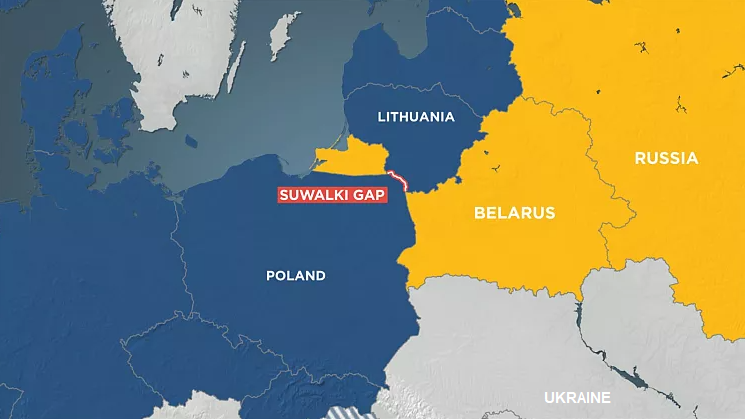
Map showing the Suwalki Gap - a 65km-long narrow strip of land running along the Polish-Lithuanian border that is strategically important. Graphic: Euronews
The situation in the region has become increasingly heated since Russia launched a “special military operation” in Ukraine, prompting Germany to consider deploying permanent troops to NATO’s eastern flank to support Lithuania’s security.
Last December, Mr Pistorius visited Lithuania to sign a roadmap for the permanent deployment of a Bundeswehr brigade to the Baltic state, which would be the first time Germany has permanently stationed troops outside its borders.
“We were and will be ready to defend NATO territory,” the German defense minister said at a press conference with his Lithuanian counterpart Arvydas Anusauskas at the time, stressing the commitment to mutual defense under Article 5 of the NATO charter, which states that an attack on one member is an attack on all alliances.
Detailed itinerary
The Bundeswehr division will start arriving in 2025 and is expected to reach full combat readiness in 2027, Lithuanian Defense Minister Anusauskas said.
The permanent German garrison includes 4,800 soldiers and about 200 civilians, in coordination with NATO.
Berlin will deploy two combat battalions from the German states of Bavaria and North Rhine-Westphalia to form the core of the new brigade in Lithuania, just 100km from the border with Russia.
The 3rd Battalion will be a NATO multinational combat unit, part of the EFP – a deterrence and defense military force deployed on the front lines of NATO allies in Northern, Central and Eastern Europe.
A battalion was present in Lithuania, under German command, with personnel rotating from several other countries.

German soldiers in Lithuania. Photo: LRT
Reinforcements for Lithuania are high on the agenda amid growing concerns about the conflict escalating to the Suwalki Corridor.
Some experts have expressed concerns about the cost of deploying and maintaining troops abroad, which is expected to cost around 30 million euros per month.
German Defense Minister Pistorius said that about half of the troops stationed in Bavaria have expressed their willingness to move to Lithuania. Meanwhile, Britain, Canada and the United States have also deployed troops to Eastern European countries .
Minh Duc (According to Euronews, DW)
Source



![[Photo] President Luong Cuong and King Philippe of Belgium visit Thang Long Imperial Citadel](https://vstatic.vietnam.vn/vietnam/resource/IMAGE/2025/4/1/cb080a6652f84a1291edc3d2ee50f631)
![[Photo] General Secretary To Lam receives King Philippe of Belgium](https://vstatic.vietnam.vn/vietnam/resource/IMAGE/2025/4/1/e5963137a0c9428dabb93bdb34b86d7c)

![[Photo] Close-up of Vietnam's sniffer dog team searching for earthquake victims in Myanmar](https://vstatic.vietnam.vn/vietnam/resource/IMAGE/2025/4/1/d4949a0510ba40af93a15359b5450df2)
![[Photo] Prime Minister Pham Minh Chinh meets with King Philippe of Belgium](https://vstatic.vietnam.vn/vietnam/resource/IMAGE/2025/4/1/be2f9ad3b17843b9b8f8dee6f2d227e7)
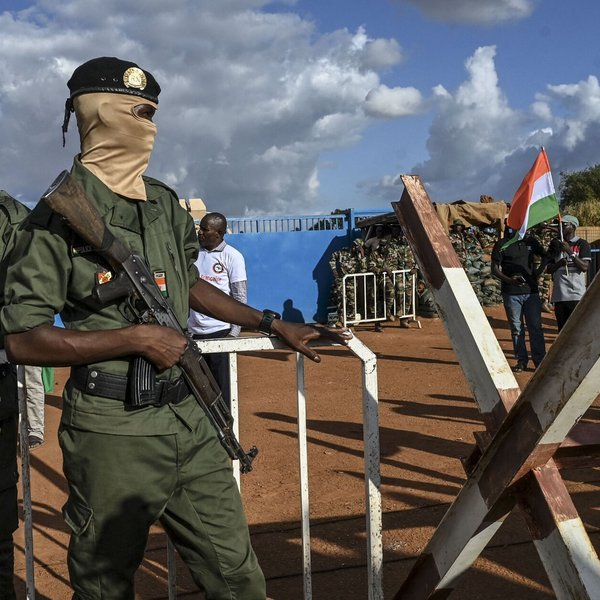
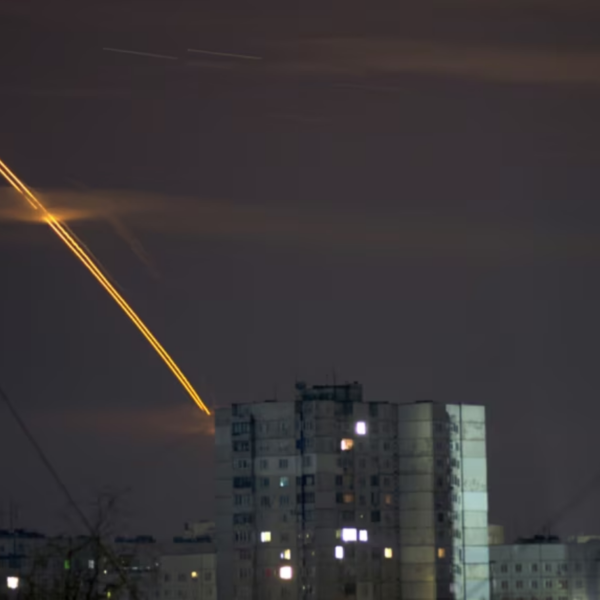
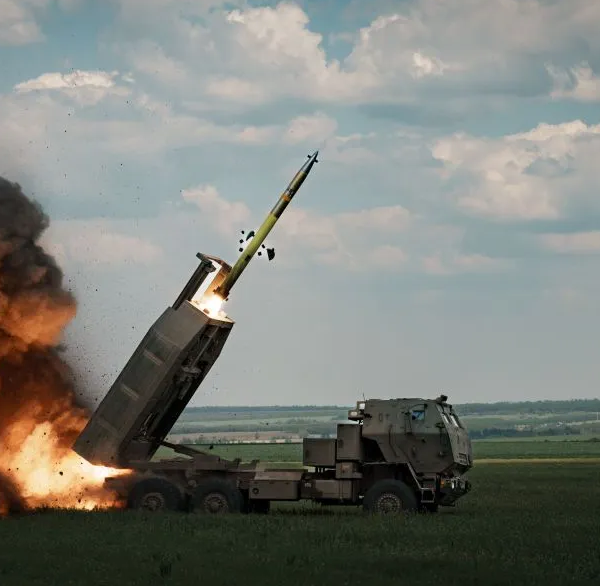
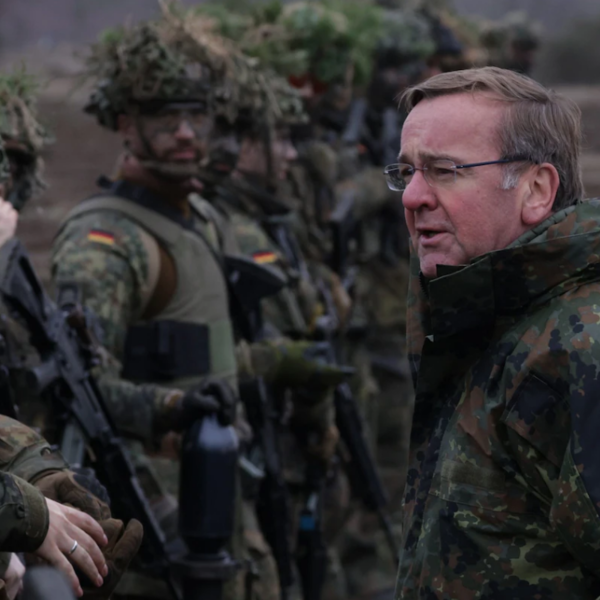
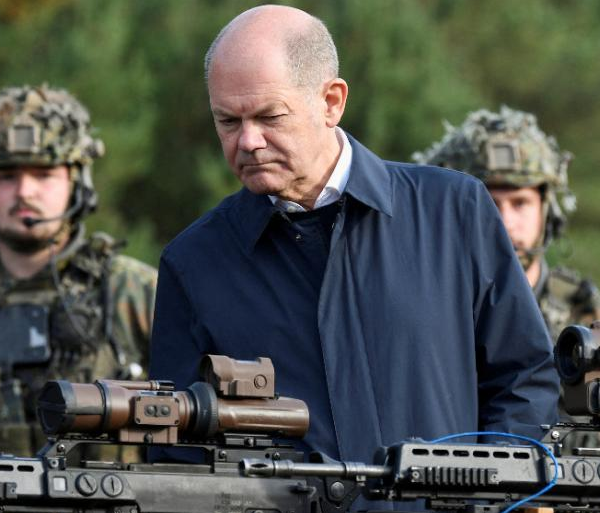
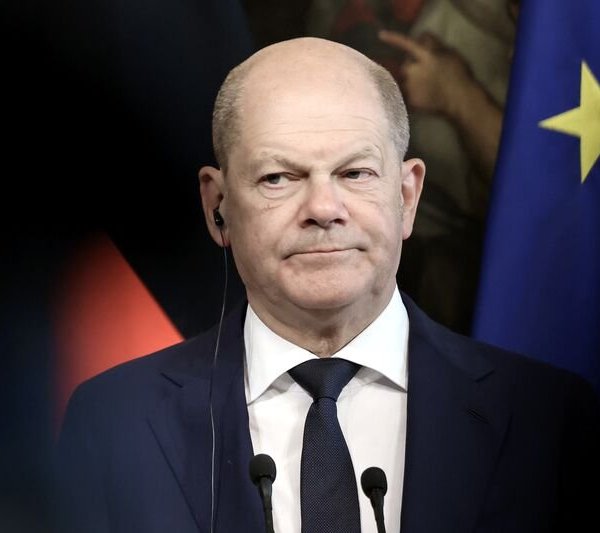
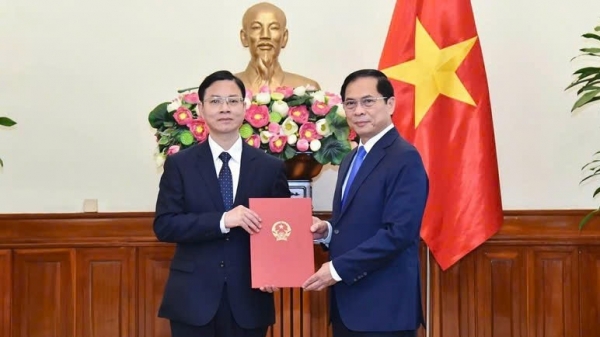



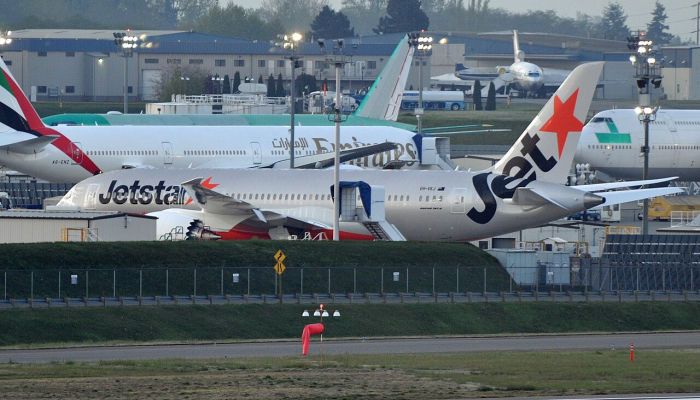
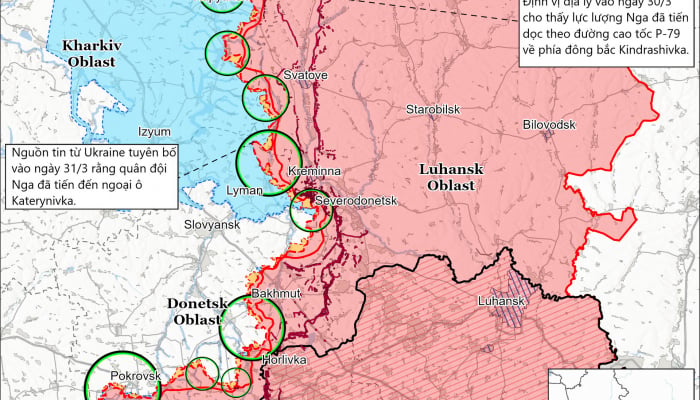





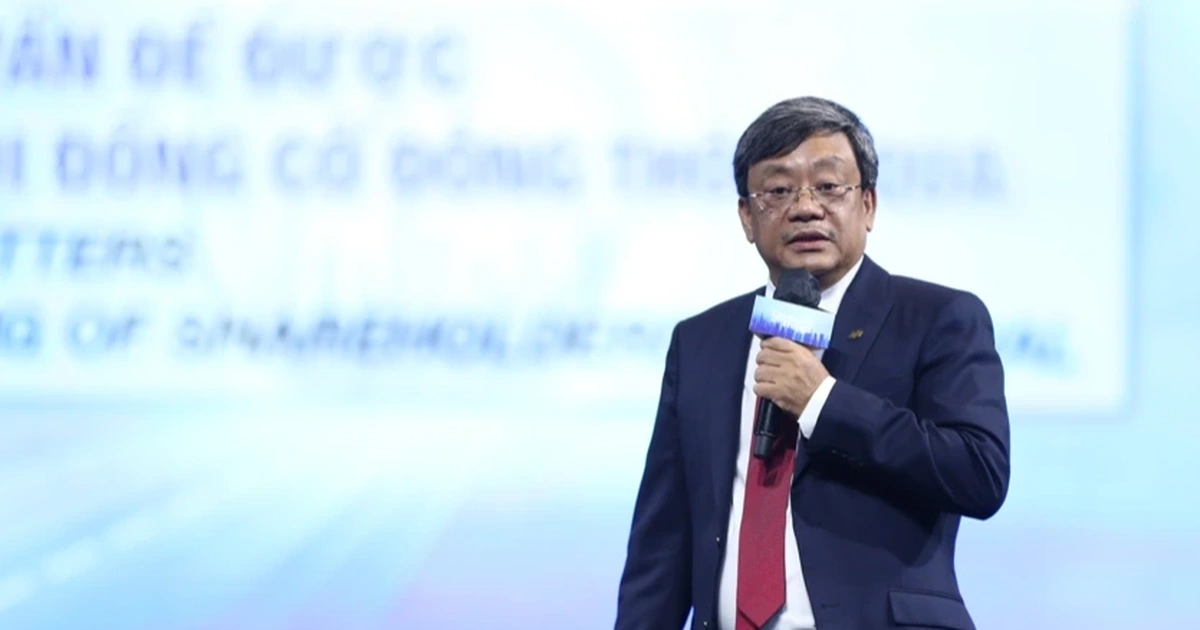








































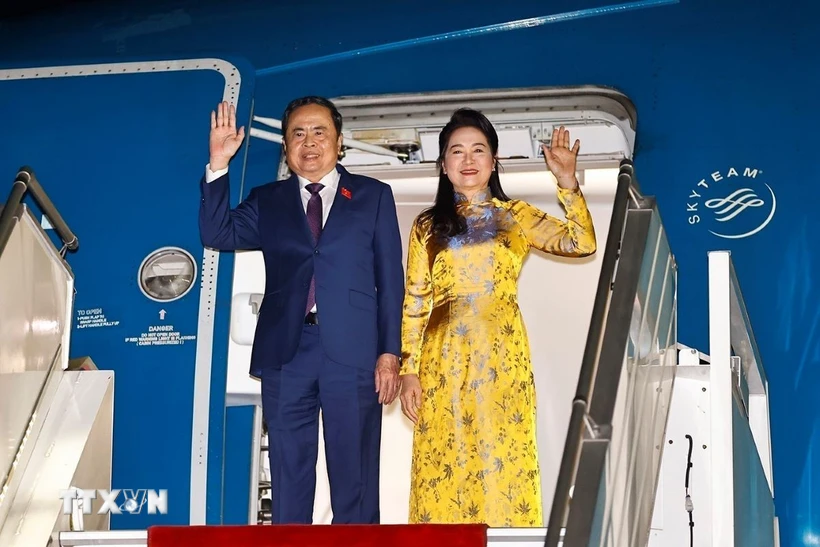






























Comment (0)